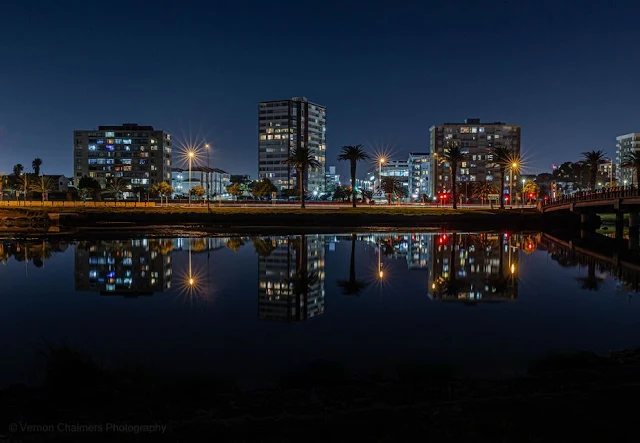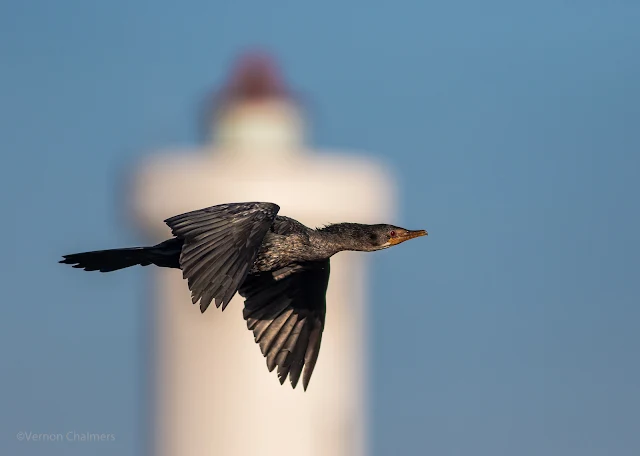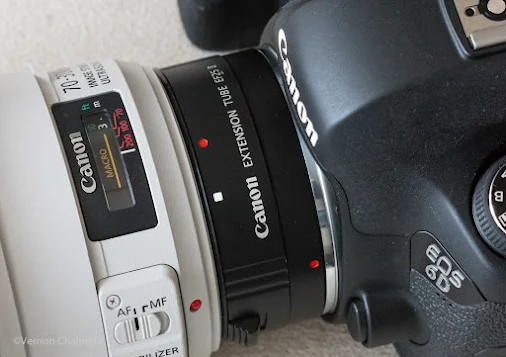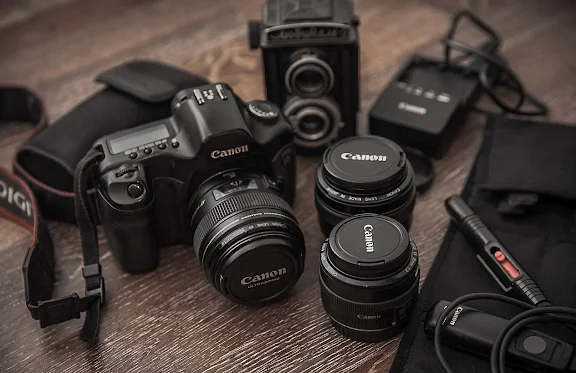Promoting and Marketing Photography Business Awareness
How to Promote and Market Your Photography
"Marketing and promoting your photography is essential for building a successful photography business and gaining recognition as a photographer. Here are some strategies and tips to help you effectively market and promote your photography:
Remember that building a photography business takes time and dedication. Be patient and persistent in your marketing efforts, and over time, you'll see your photography business grow and thrive." (Source: ChatCPT 2023)
- Define Your Niche: Identify your specific area of expertise and passion within photography. Whether it's portraits, landscapes, weddings, wildlife, or something else, having a niche will help you target your marketing efforts more effectively.
- Build a Professional Portfolio: Create a high-quality portfolio that showcases your best work. Your portfolio should be easily accessible on your website or through social media platforms like Instagram, Flickr, or 500px.
- Create a Stunning Website: Invest in a professional website to showcase your portfolio and provide essential information about your services, pricing, and contact details. Ensure that your website is mobile-friendly and easy to navigate.
- Optimize for Search Engines (SEO): Implement SEO techniques on your website to improve its visibility on search engines like Google. Use relevant keywords, optimize image descriptions, and create engaging, keyword-rich content related to your photography niche.
- Use Social Media: Utilize social media platforms like Instagram, Facebook, Pinterest, and Twitter to share your work, engage with your audience, and build your brand. Consistent posting and interaction with followers are crucial for success.
- Collaborate with Influencers: Partner with local influencers or bloggers who can help promote your work to a broader audience. Offer them a photoshoot or photo content in exchange for promotion on their platforms.
- Email Marketing: Build an email list of potential clients and previous clients. Send regular newsletters with updates, special offers, and new work to keep your audience engaged and informed.
- Networking: Attend photography events, workshops, and meetups in your area to network with fellow photographers and potential clients. Building relationships can lead to referrals and collaborations.
- Offer Promotions and Discounts: Periodically offer promotions, discounts, or special packages to attract new clients. Limited-time offers can create a sense of urgency and encourage bookings.
- Get Published: Submit your work to photography magazines, blogs, and online publications. Getting your work featured can increase your exposure and credibility as a photographer.
- Invest in Paid Advertising: Consider running targeted online advertising campaigns on platforms like Google Ads or social media platforms. Pay-per-click (PPC) advertising can help you reach a specific audience.
- Collect and Showcase Client Testimonials: Encourage satisfied clients to leave reviews and testimonials on your website and social media profiles. Positive feedback builds trust with potential clients.
- Attend Trade Shows and Exhibitions: Participate in photography trade shows, exhibitions, or art fairs to showcase your work and connect with potential clients, galleries, or art collectors.
- Keep Learning and Growing: Stay updated with the latest photography trends and techniques. Continuous improvement in your photography skills will reflect in your work and attract more clients.
- Be Consistent: Consistency is key to successful promotion. Maintain a consistent style, posting schedule, and branding across all your marketing channels.
Remember that building a photography business takes time and dedication. Be patient and persistent in your marketing efforts, and over time, you'll see your photography business grow and thrive." (Source: ChatCPT 2023)
Additional Information Links how to Market and Promote Your Photography
Clever Marketing Tips for Photographers
Clever Marketing Tips for Photographers
Creating a Digital Marketing Strategy for Your Photography Business
Creating a Digital Marketing Strategy for Your Photography Business
Creating a Digital Marketing Strategy for Your Photography Business
How to get Photography clients for your Business
How to get Photography clients for your Business
How to Manage a Photography Business
How to Manage a Photography Business
How to Manage a Photography Business
How to Manage a Photography Business
How to Market Your Photography Website
How to Promote and Market Your Photography Business
How to Promote and Market Your Photography Business
Marketing Your Photography Business: Strategies for Attracting Clients
Marketing Your Photography Business: Strategies for Attracting Clients
How to Promote and Market Your Photography Business
Marketing Your Photography Business: Strategies for Attracting Clients
Marketing Your Photography Business: Strategies for Attracting Clients
Strategies to Promote Your Photography Business
Strategies to Promote Your Photography Business
Strategies to Promote Your Photography Business
The Impact of Photography
The Impact of Photography
Top 10 Tips For Promoting A Photography Business
Top 10 Tips For Promoting A Photography Business
Using the Media to Promote your Photography Business
Using the Media to Promote your Photography Business

















